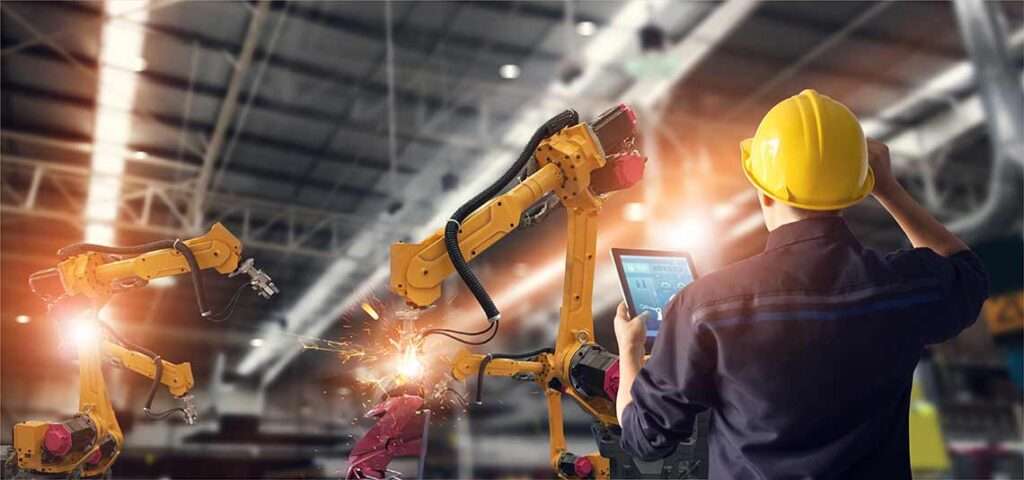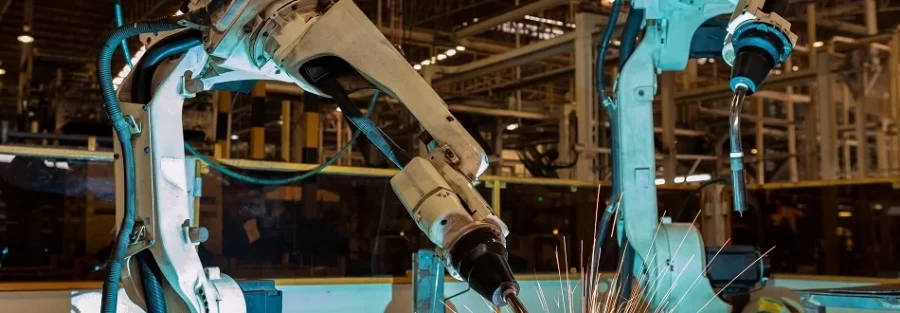
India’s industrial development is accelerating. There has been a significant increase in the industrial sector, especially in the past ten years. Naturally, there are issues that come with this expansion. In a nation like ours where the economy is primarily built on agriculture, industrial development is probably going to affect the way things are now.
Leveraging in-house capabilities that can expand organically alongside the project and seamlessly integrate into the company’s infrastructure upon project completion is the foundation of the Low-Cost Automation (LCA) strategy.
The application of Low cost automation is changing industry standards in this dynamic industrial environment by bringing in commercially feasible automation technologies that simplify procedures, lessen the need for manual intervention, and increase overall efficiency. This blog delves into the critical importance of Low-Cost Automation, highlighting its uses, advantages, and Pletheonconsulting essential role in helping manufacturers down this revolutionary path.
What is Low Cost Automation?
The goal of low-cost automation, or LCA, is to increase productivity in production machinery by integrating basic mechanical, electrical, hydraulic, and pneumatic components. With a little instruction, these would also allow even inexperienced and semi-skilled personnel to use this equipment. This will entail mechanising or automating systems, processes, and machines using standardised components and apparatus.
Benefit of Low cost automation
Cost Efficiency: Because LCA significantly lowers upfront costs, automation becomes financially viable for SMEs.
Automation can help manufacturers without requiring large upfront investments.
Enhanced Output:
Even at a lower cost, automation increases output and efficiency in production.
By streamlining repetitive tasks, an Low Cost Automation solution frees up human resources to focus on higher-value, more productive tasks.
Fast Implementation: Unlike traditional automation systems, low-cost automation solutions are made for simple and quick implementation.
This guarantees a quick switch to automated procedures without experiencing any significant downtime.
Flexibility: Because Low cost Automation systems are naturally adaptive and flexible, manufacturers can scale and adjust their automation processes in response to changing needs.
Improved Safety:
Automation effectively handles hazardous tasks, reducing the risk of accidents and fostering a safer working environment.
This is of utmost importance for industries dealing with potentially dangerous processes.
Application of Low Cost Automation:
Commonly, LCA is used in manufacturing processes like grinding, material handling, machining, cold-extrusion, quality inspection, dimensional accuracy, surface finishing and assembly, and packaging.
The approach towards Low-cost automation involves the following steps:
1.Scope of the project:
This step involves determining the processes to be automated, the sequence of operations, the minimum level of automation and control for every process, the minimum level of material handling between every process, and the target throughput rate. It emphasizes identifying the minimum criteria for the overall system. To maintain low cost, the content of the project must be consistently guided by essentials only.
2.Building infrastructure to support the project:
Create areas for fabricating and assembling parts, subsystems, and entire machines. This includes a machine shop, stock room for consumables, fasteners, controls fabrication area, pneumatic components, and electric panel supplies. This costs relatively less than the typical manufacturing automation project.
3.Building the system:
The A team should consist of engineers experienced in designing electrical, mechanical, and software systems. They should even be ready to install pneumatic components, handle dirty fabricating parts in a machine shop, or wire a control panel before programming the PLC. The team should handle and resolve even the post-production issues. The idea is to keep the workflow on the system all the time, with seamless transitions from one engineering discipline or technical trade to another, while resolving the problems.
An Example of production automation at a low cost
Computer Integrated Manufacturing (CIM) is a well-known instance of low-cost automation in manufacturing. The idea was to use shop floor planning and scheduling software to link the design of the parts to the machinery at the workshop. Initially, expensive parts and equipment were used for this. This proved to be costly over time as a centralised control was needed to make sure there were no uncertainties or unforeseen events. It was discovered that decentralisation of control required far less complex hardware and software. This is regarded as a breakthrough in small and medium production units and significantly decreased costs.
Execution
Minimal Cost Manufacturing Automation is made in a way that makes it incredibly simple to implement and requires very little expertise. Additionally, this makes maintenance easier. Automation is highly effective for this purpose because it works to remove as much clutter as possible from the shop floor, which typically has a lot of clutter. Implementation holds great promise for the years to come and occasionally requires the use of robotics.

